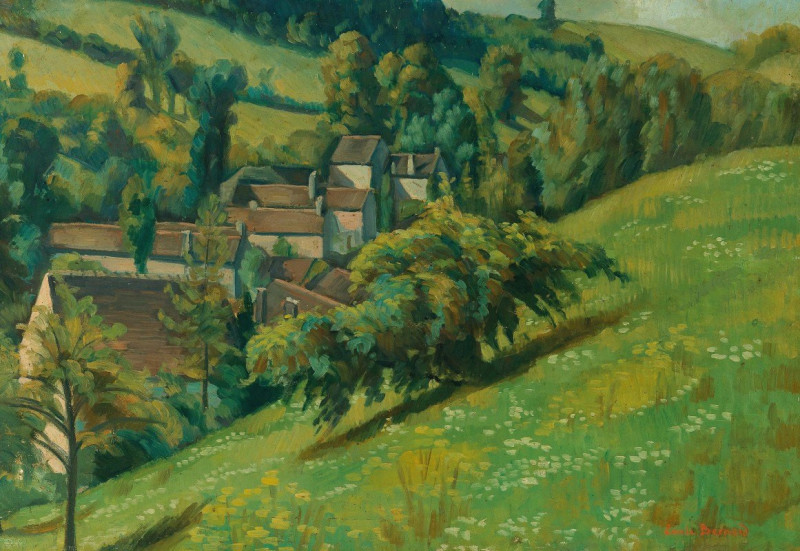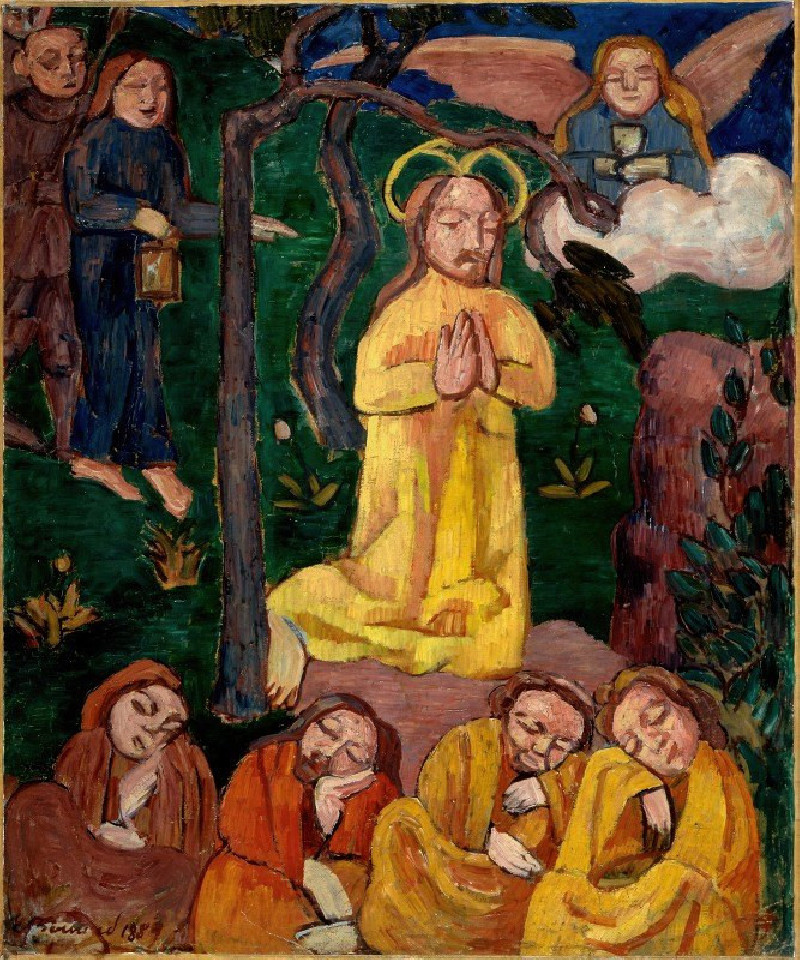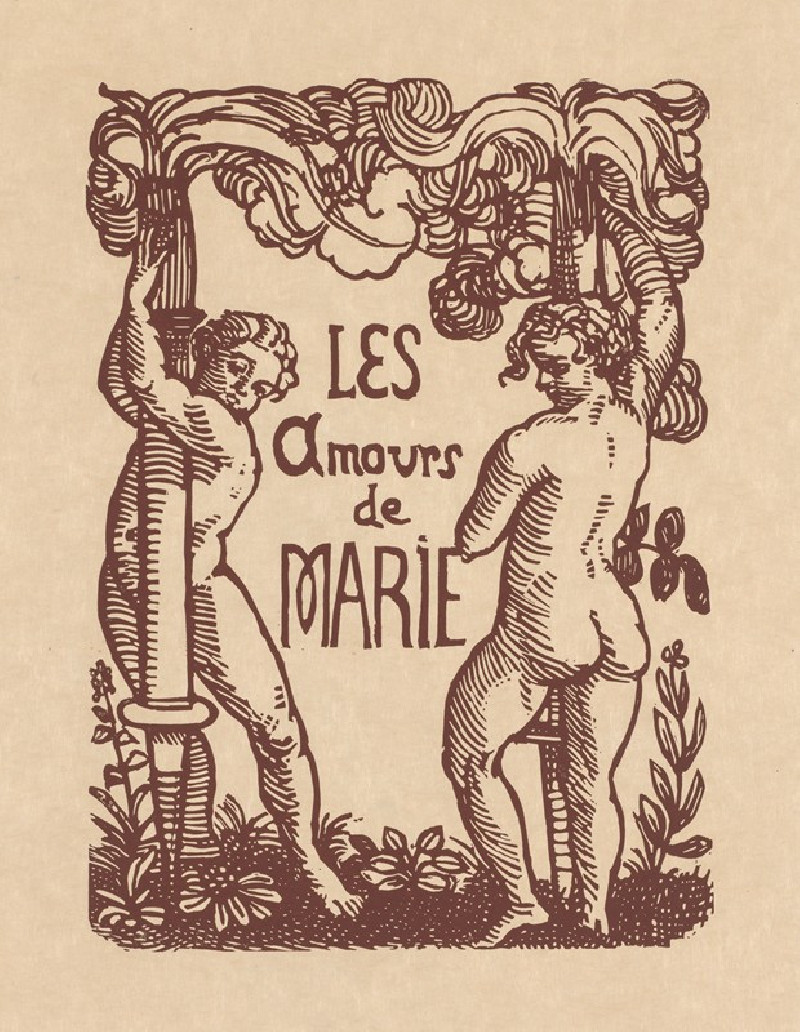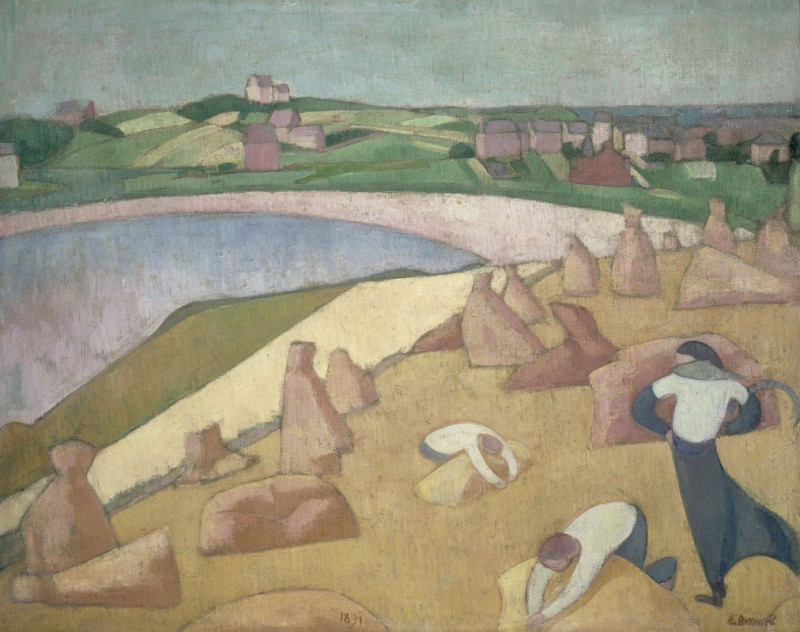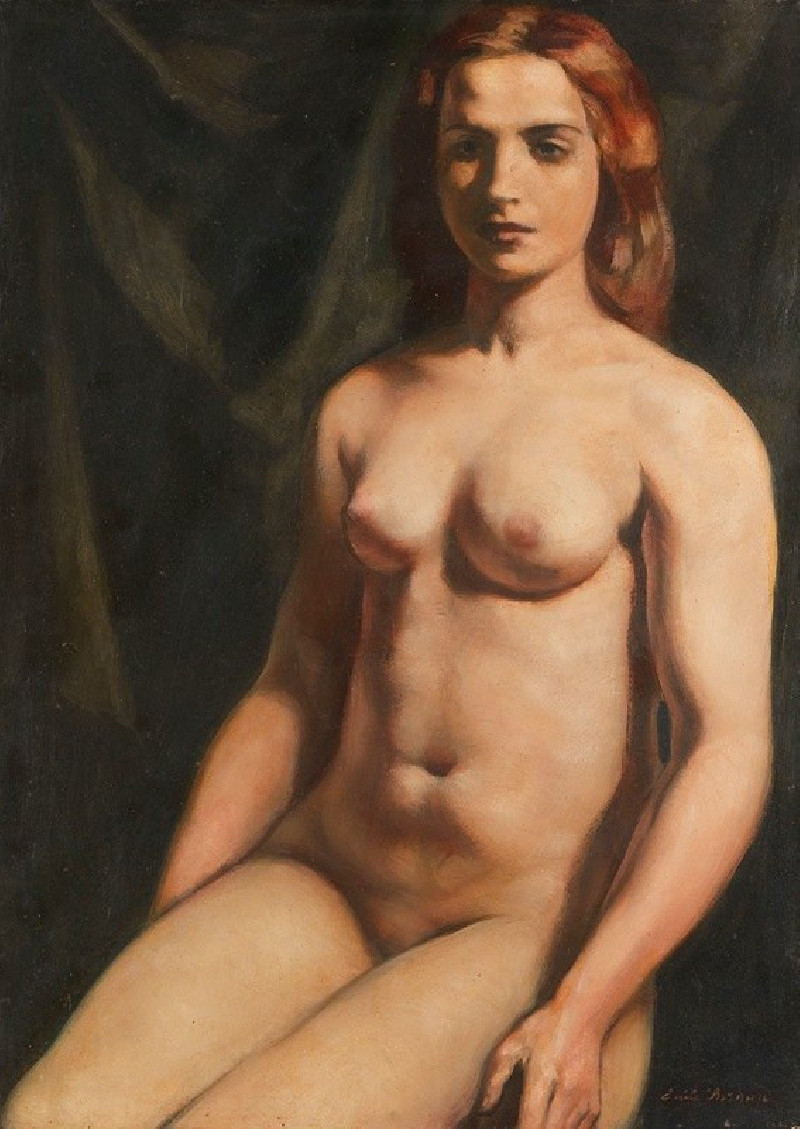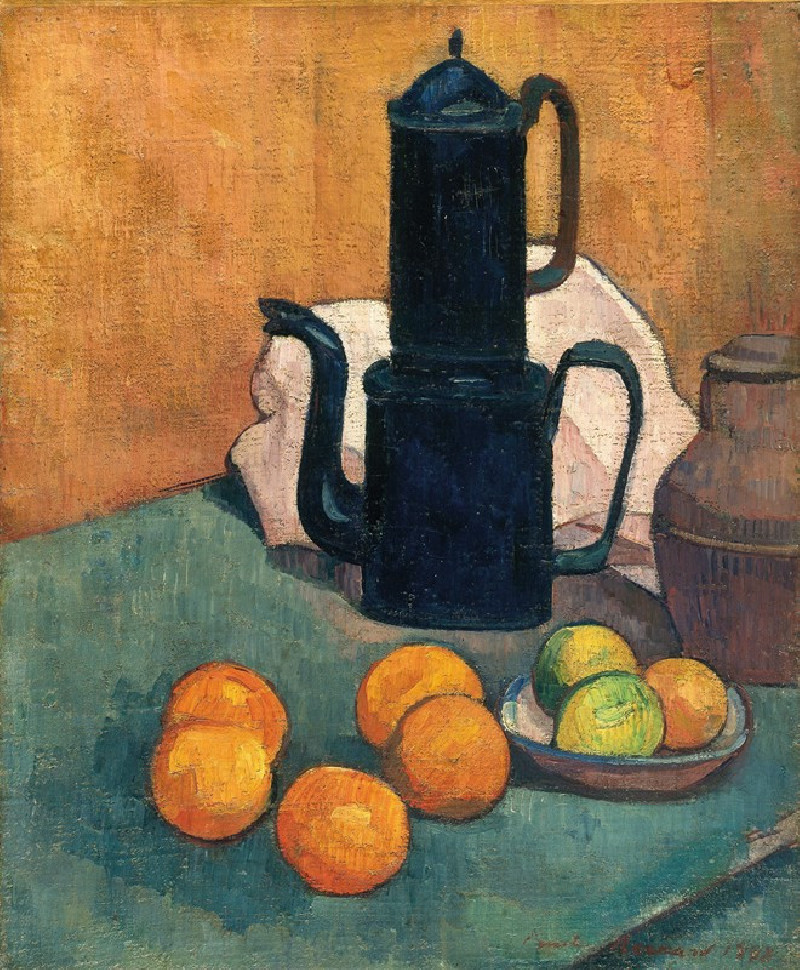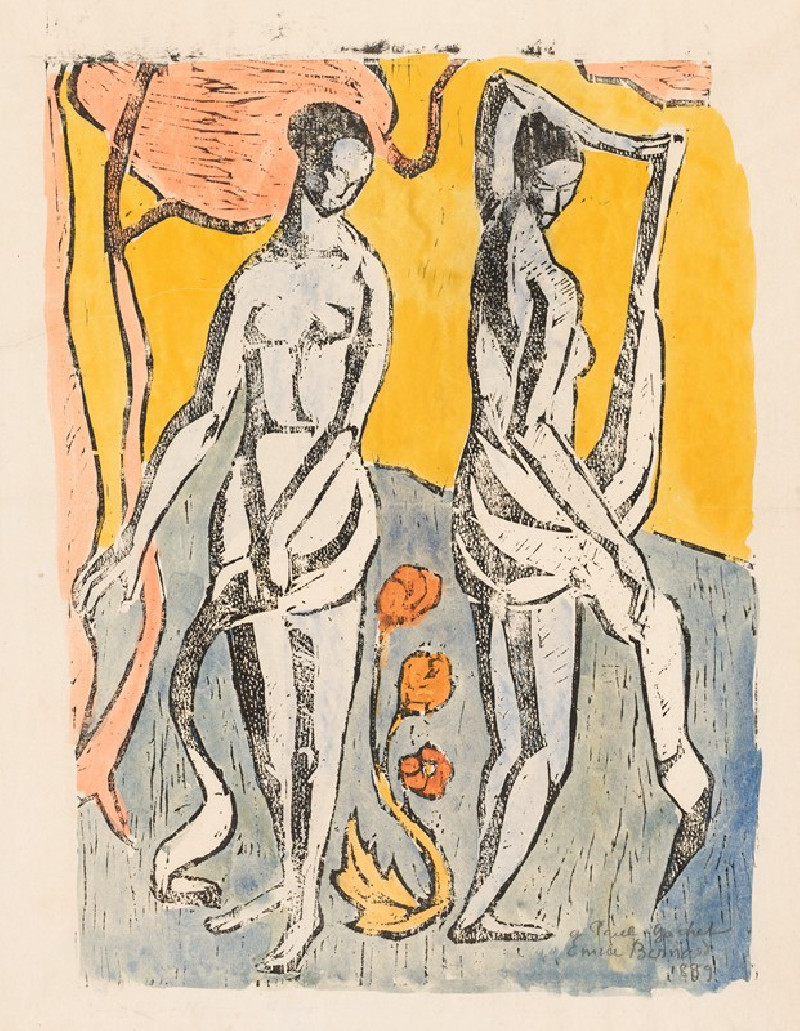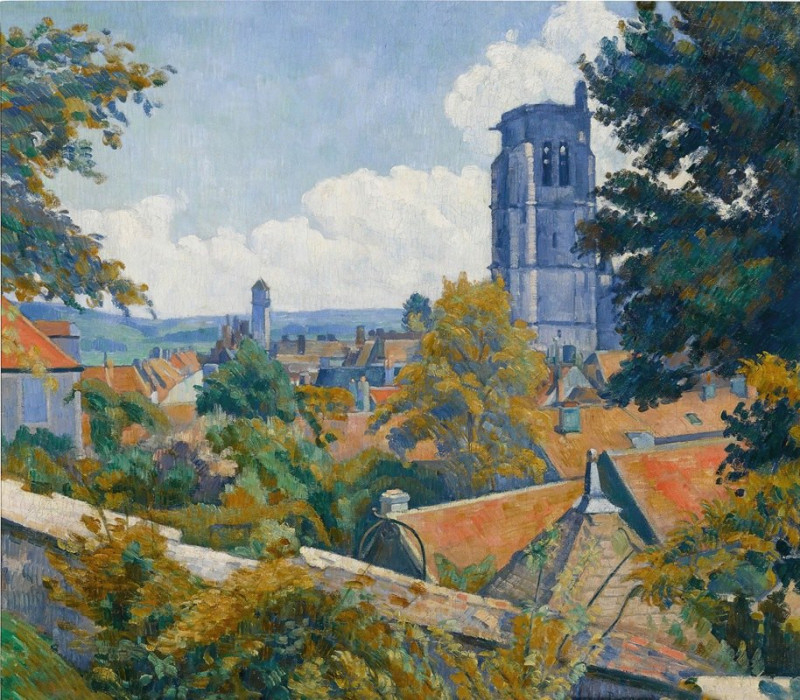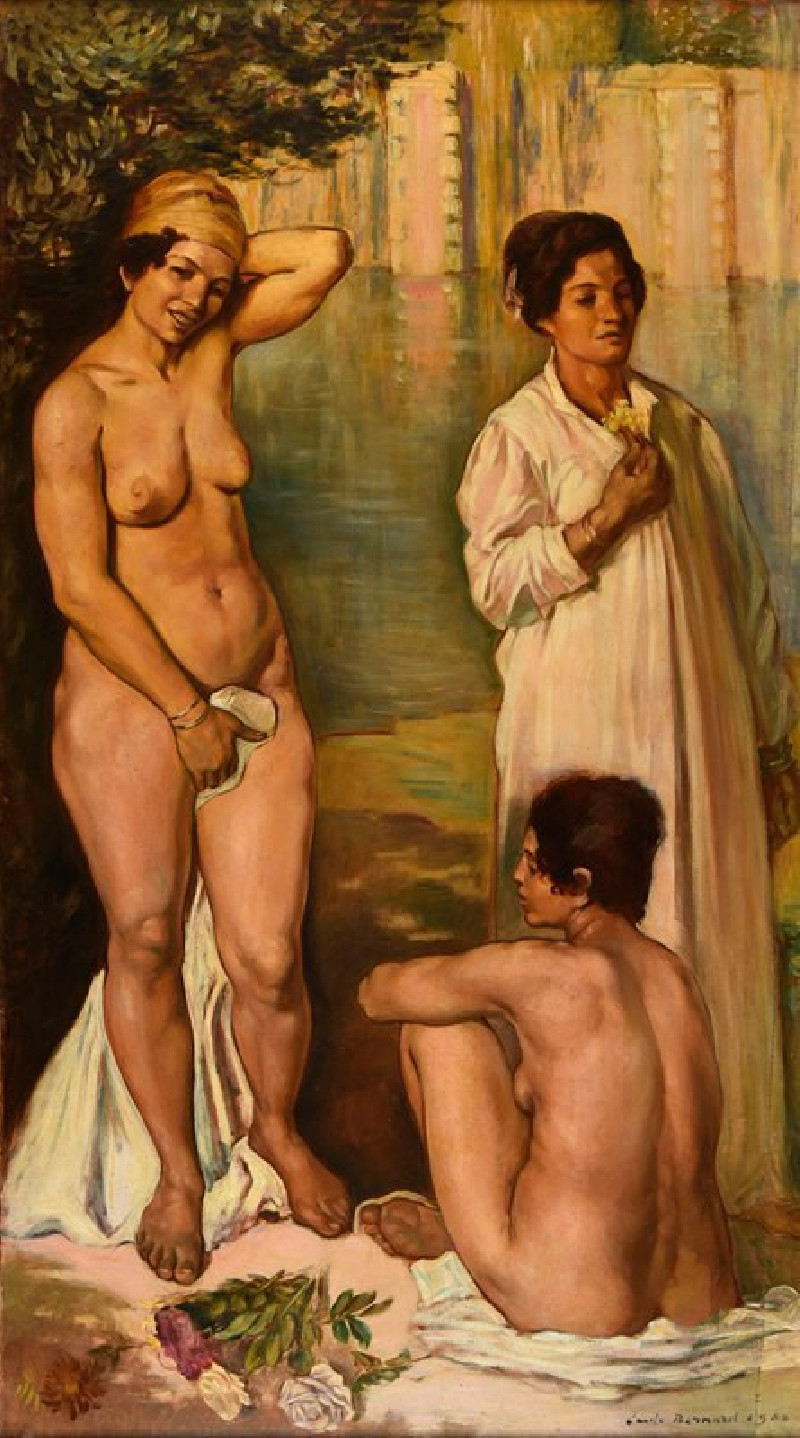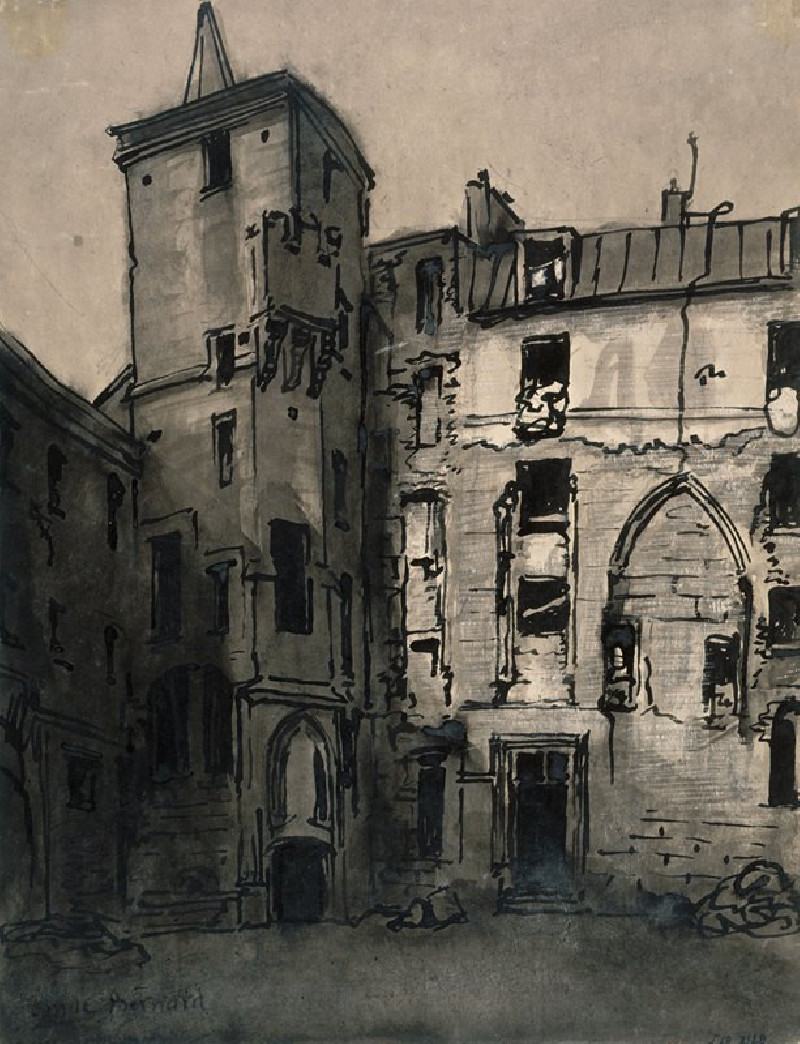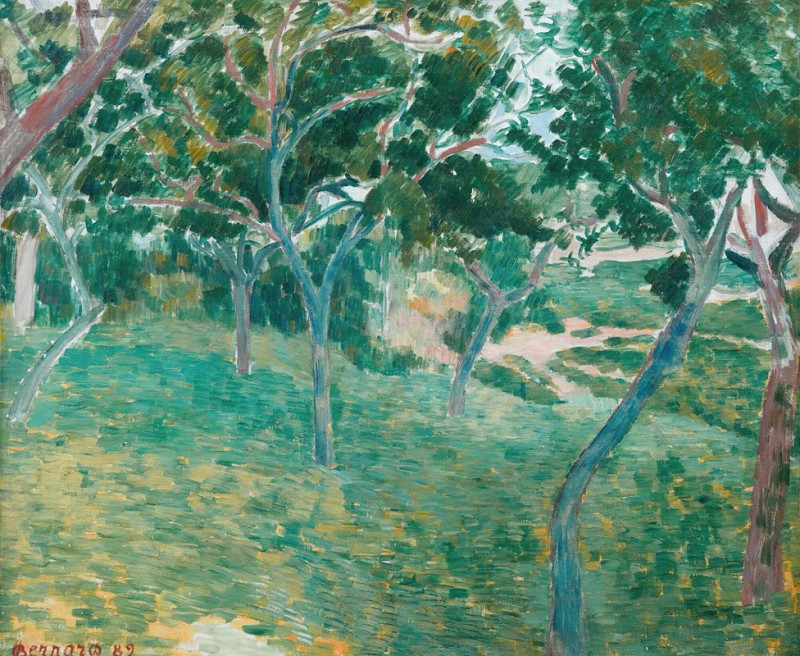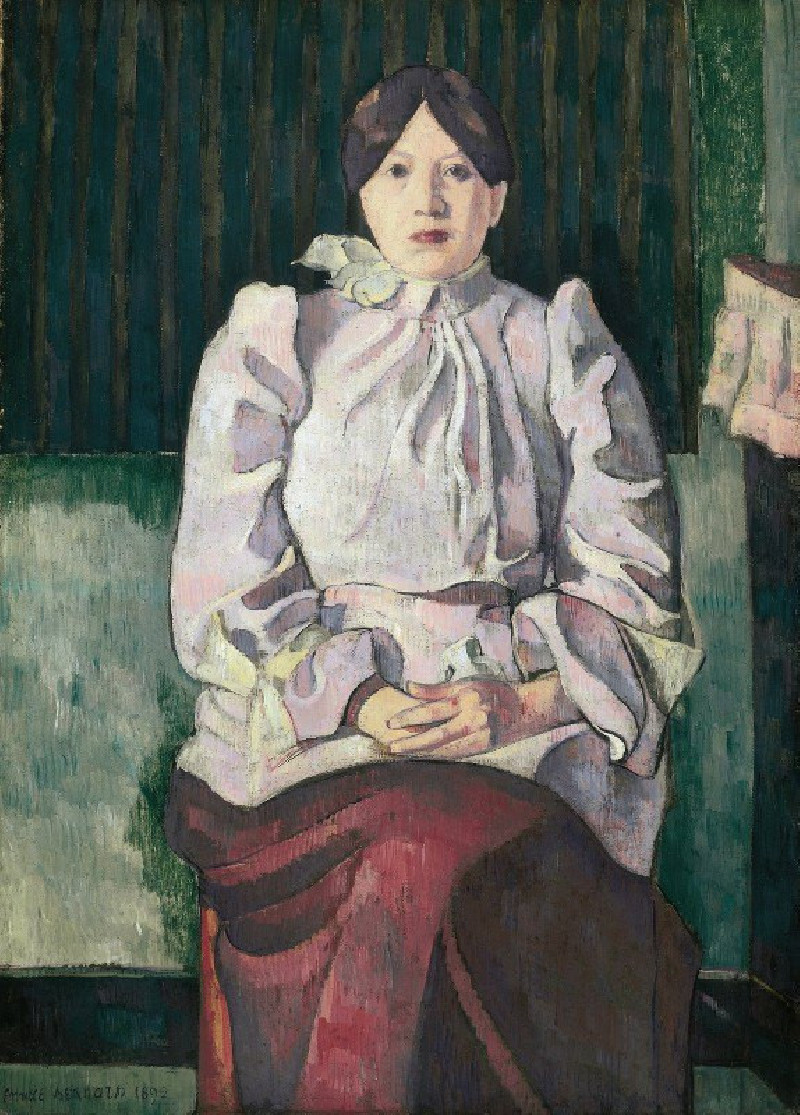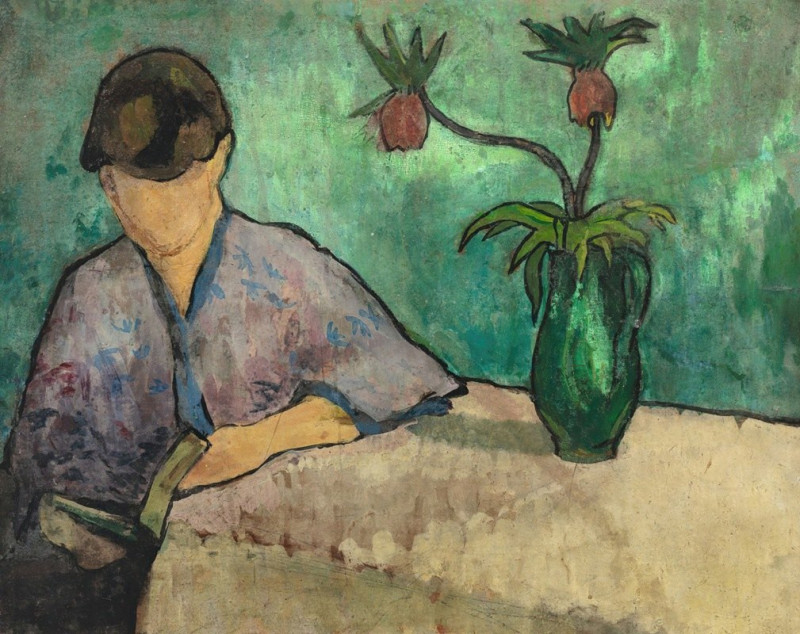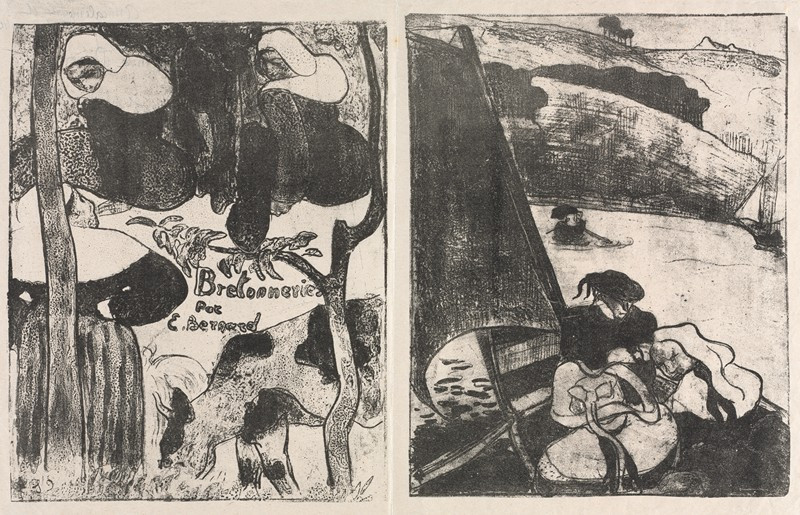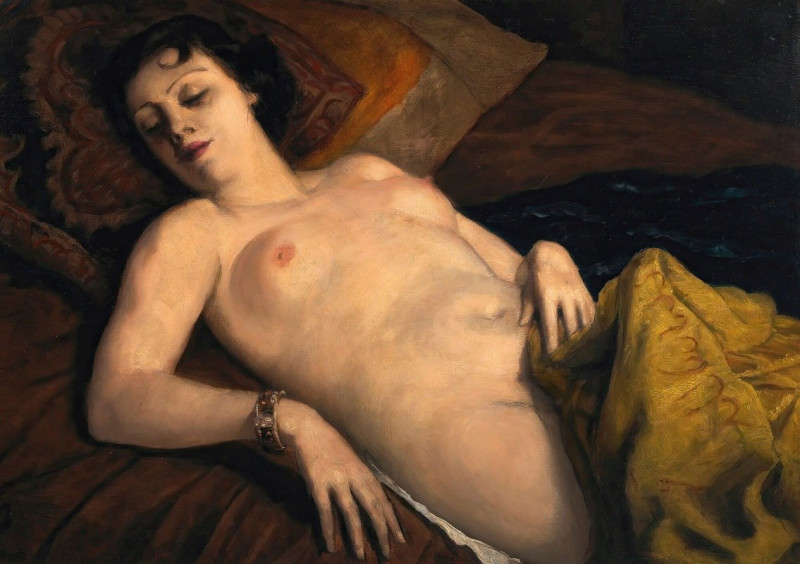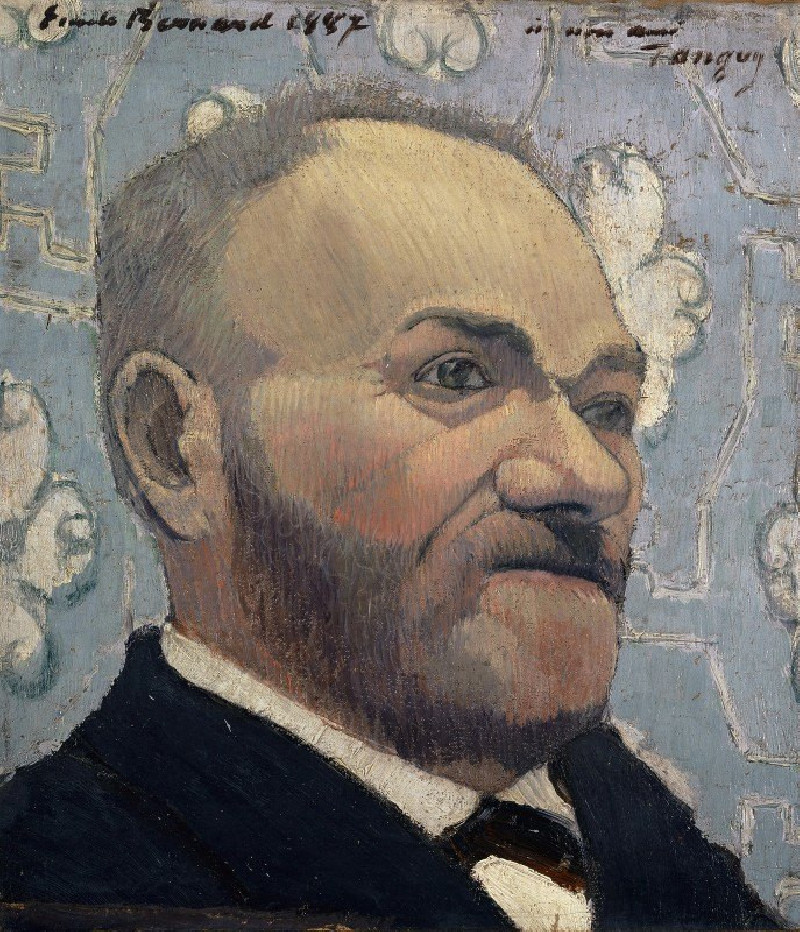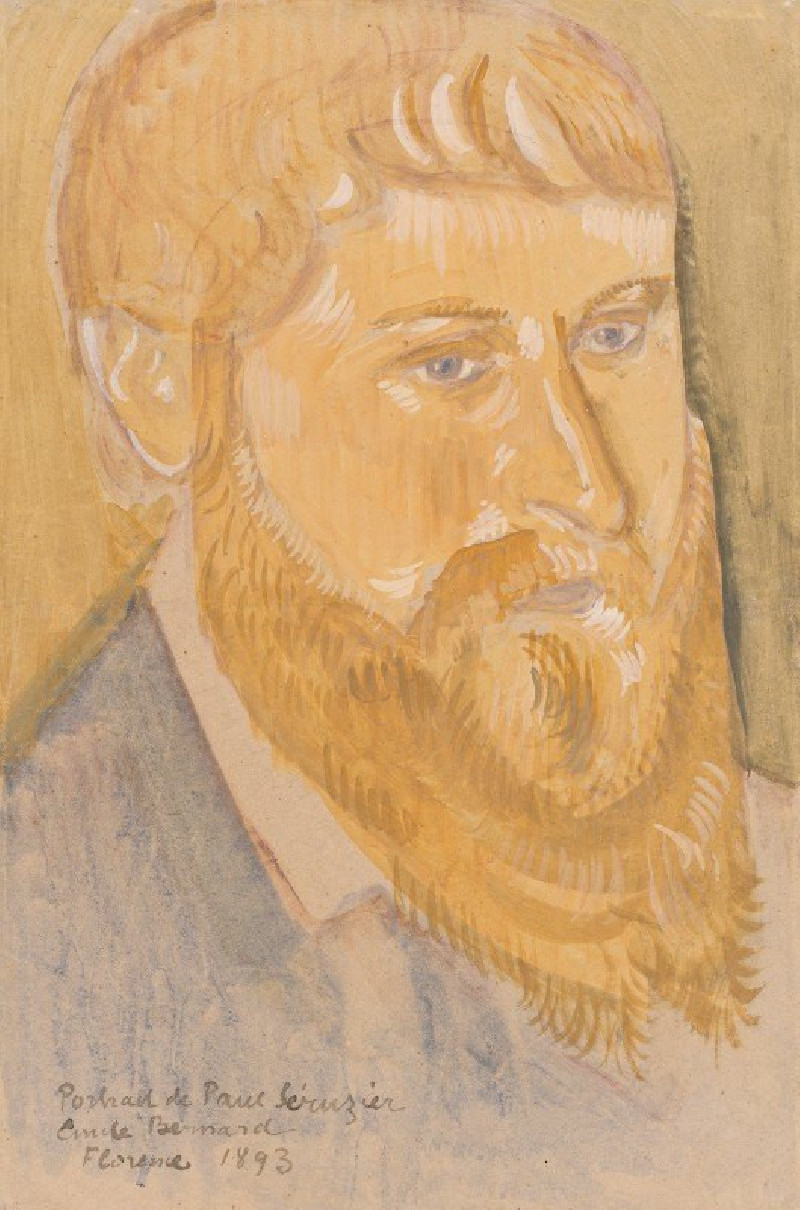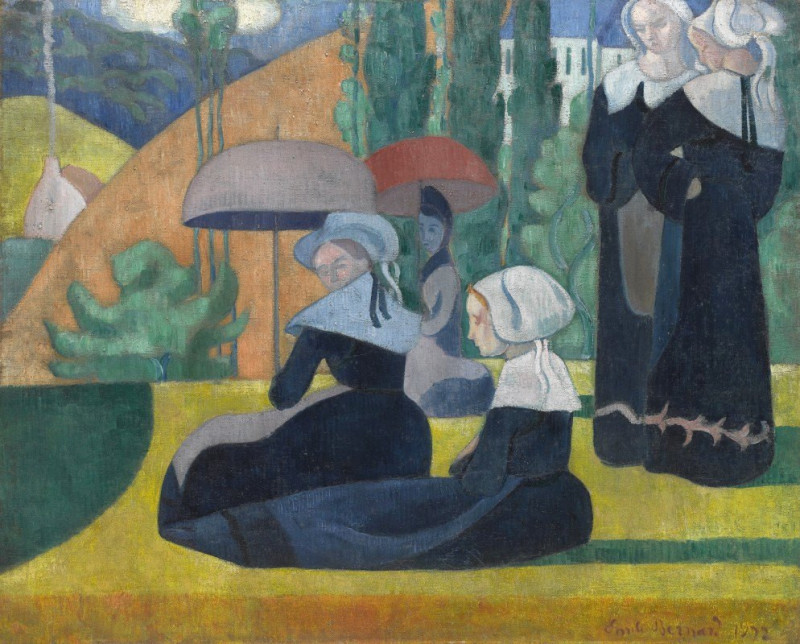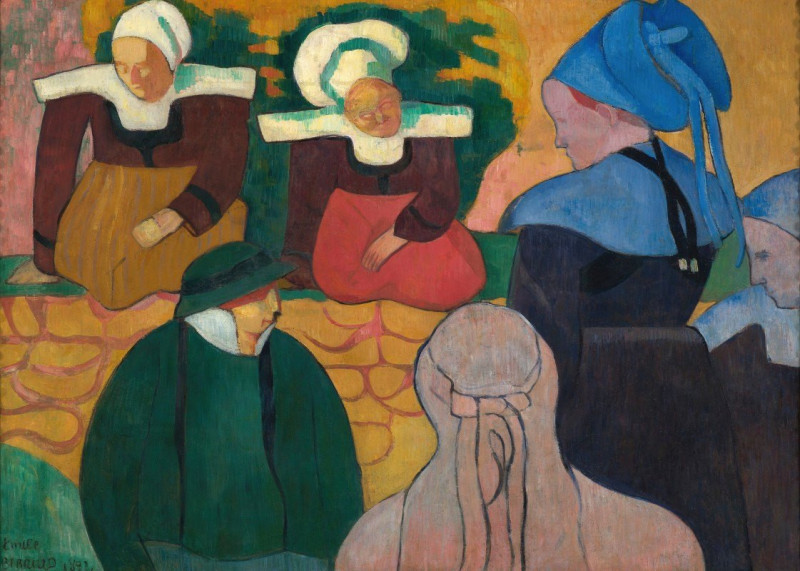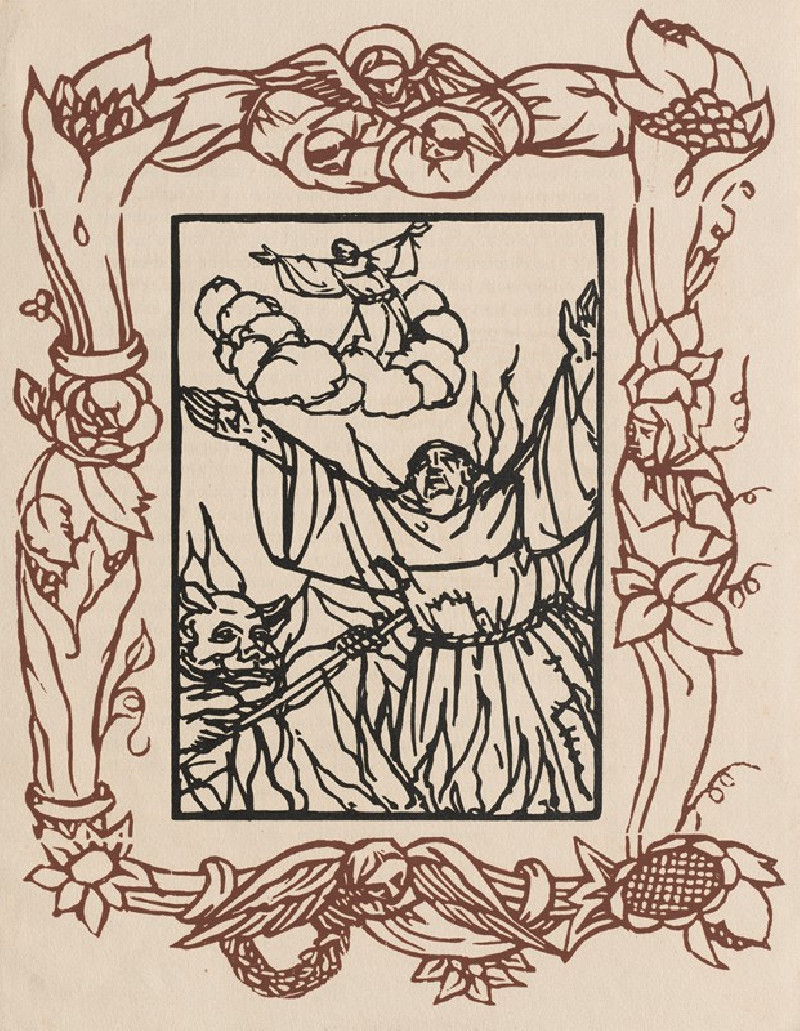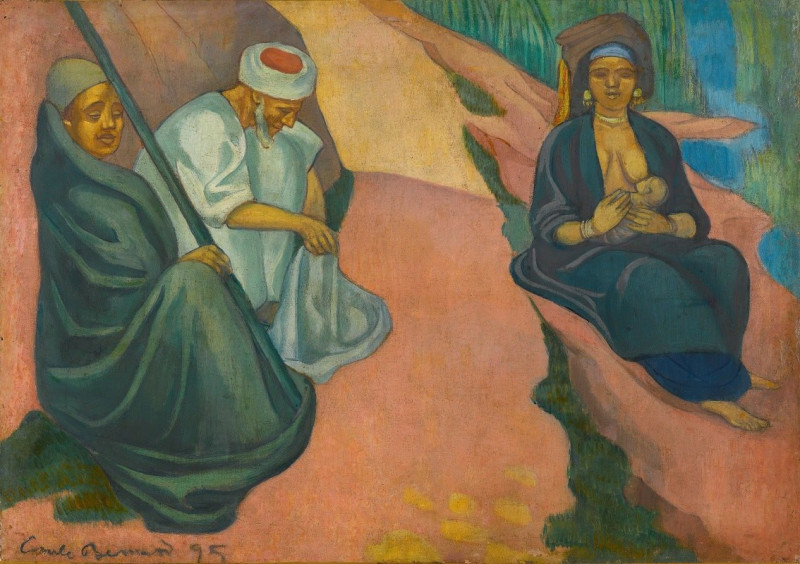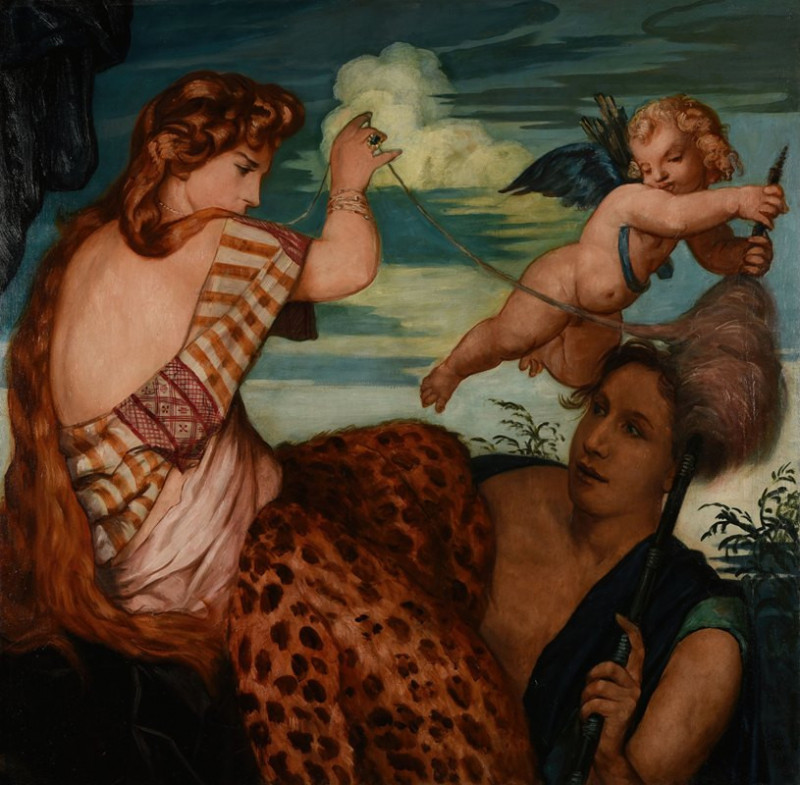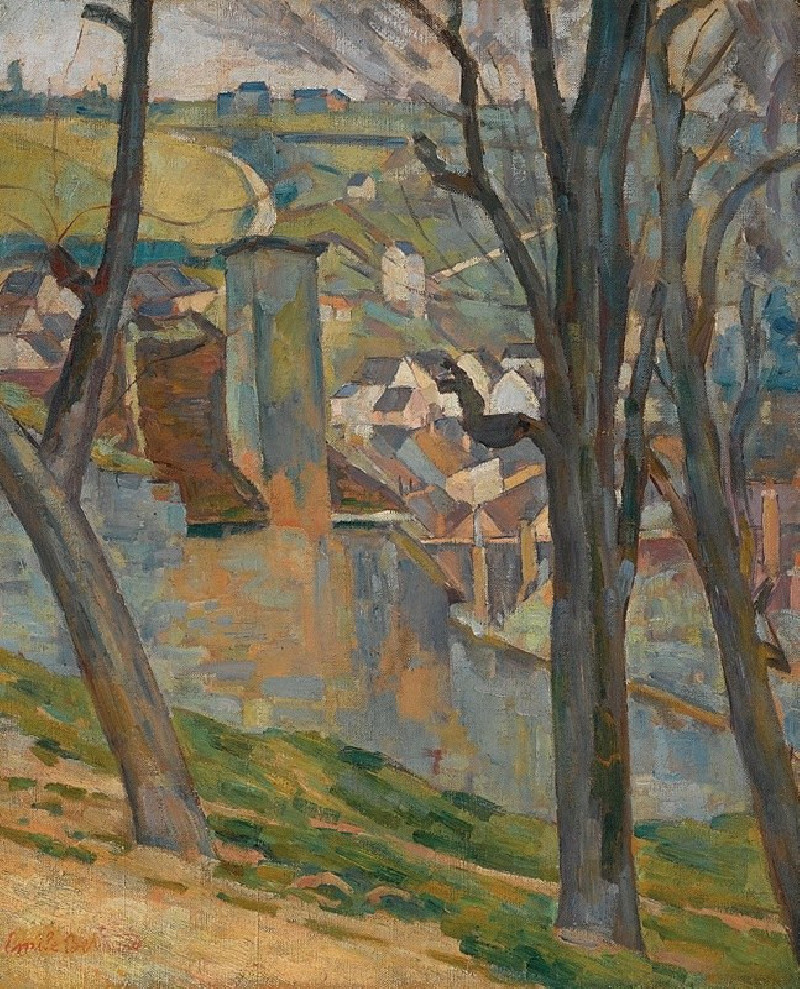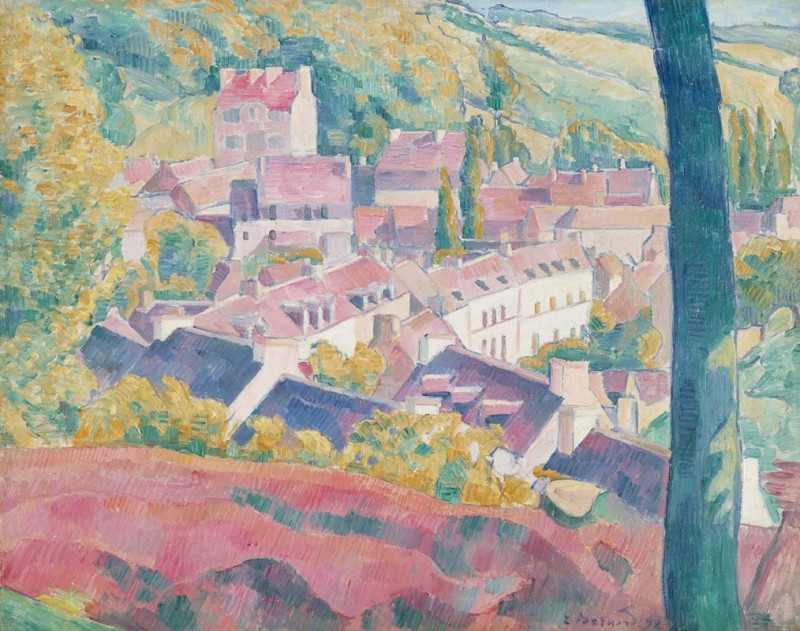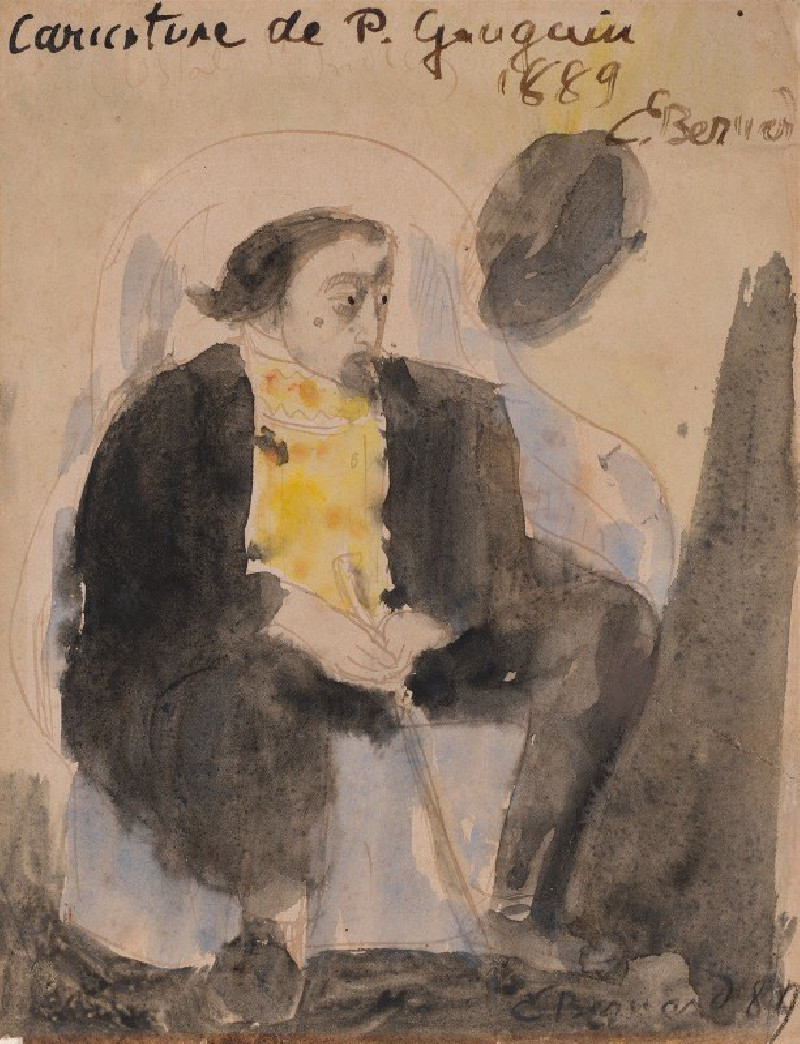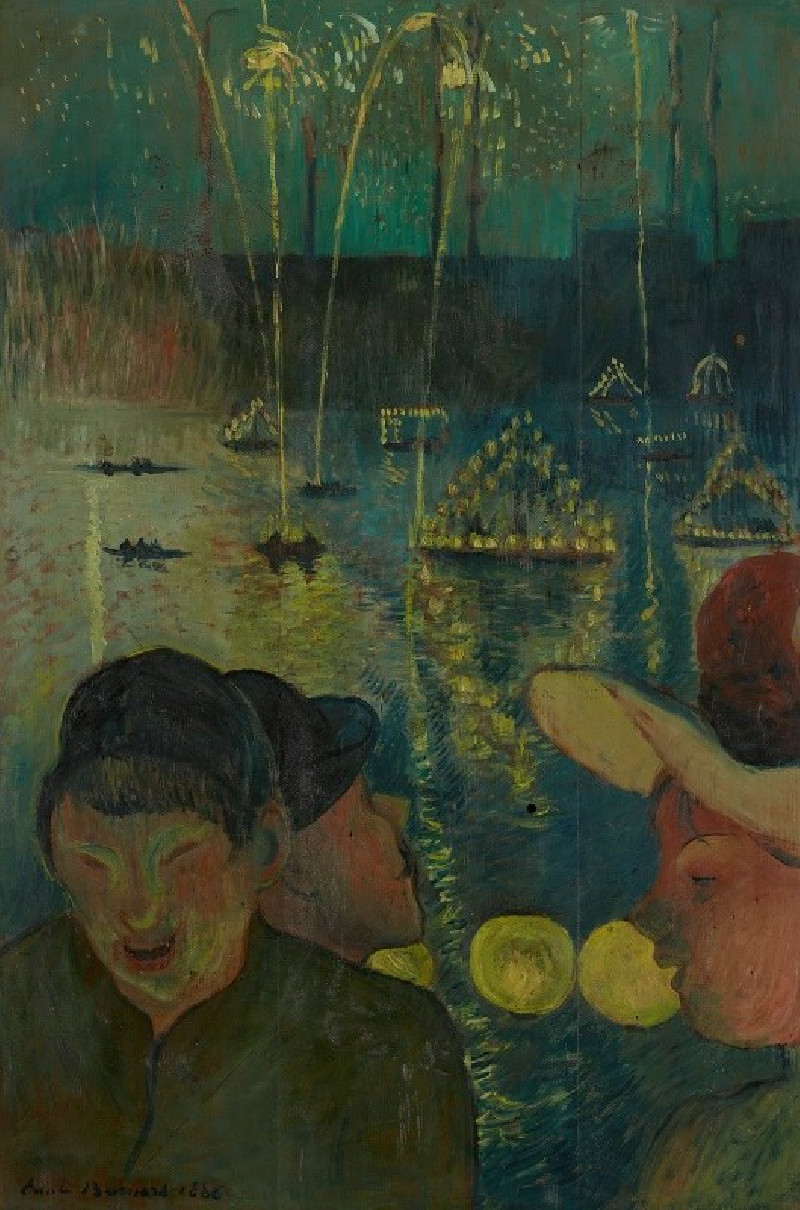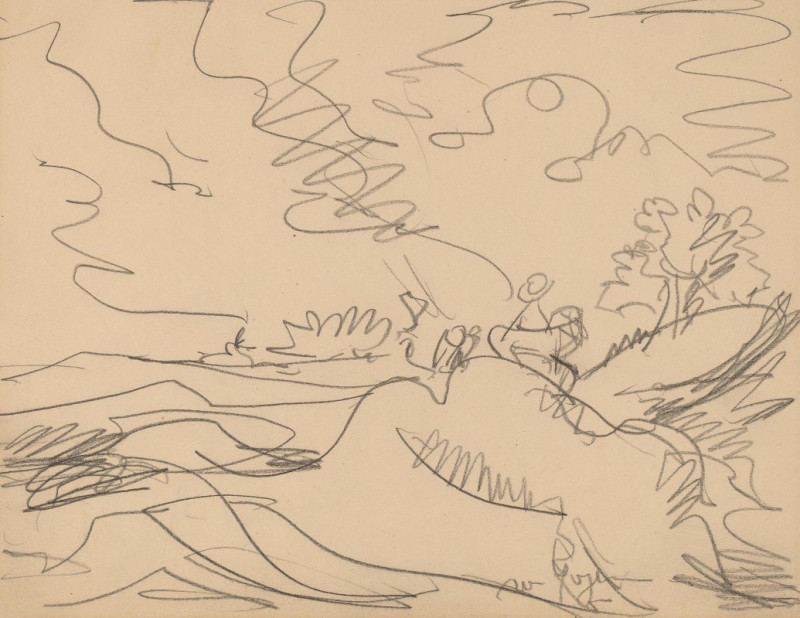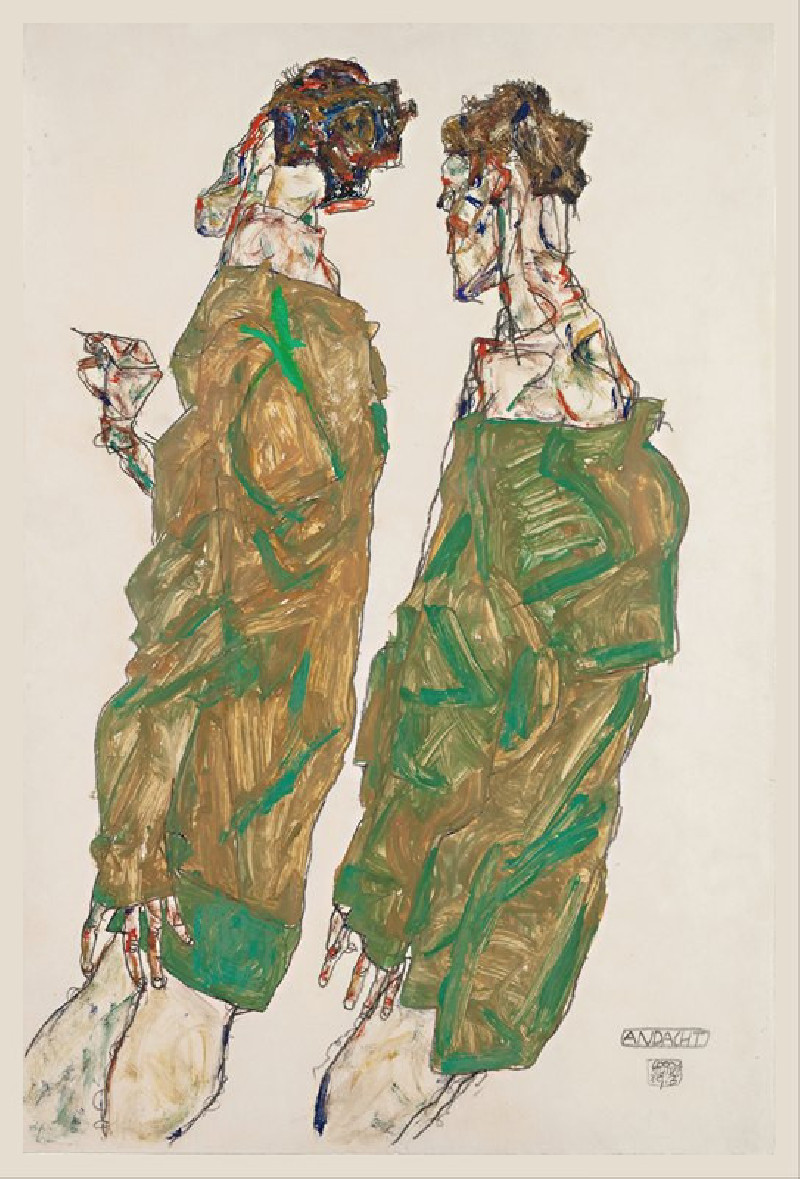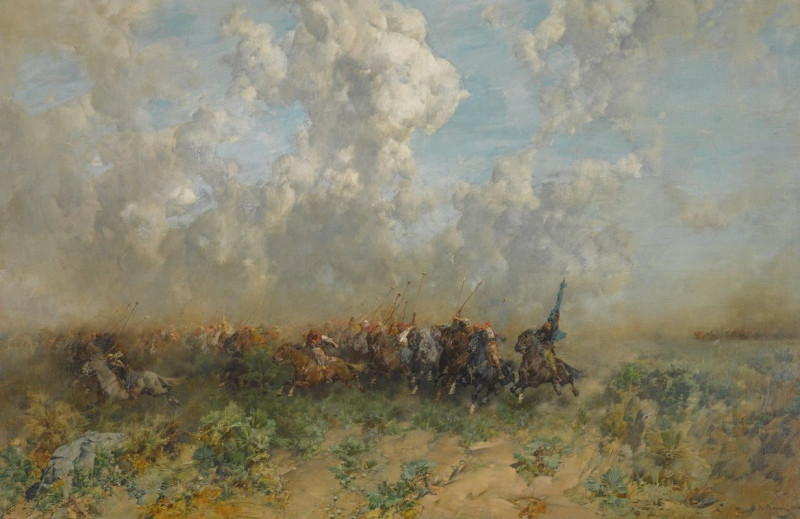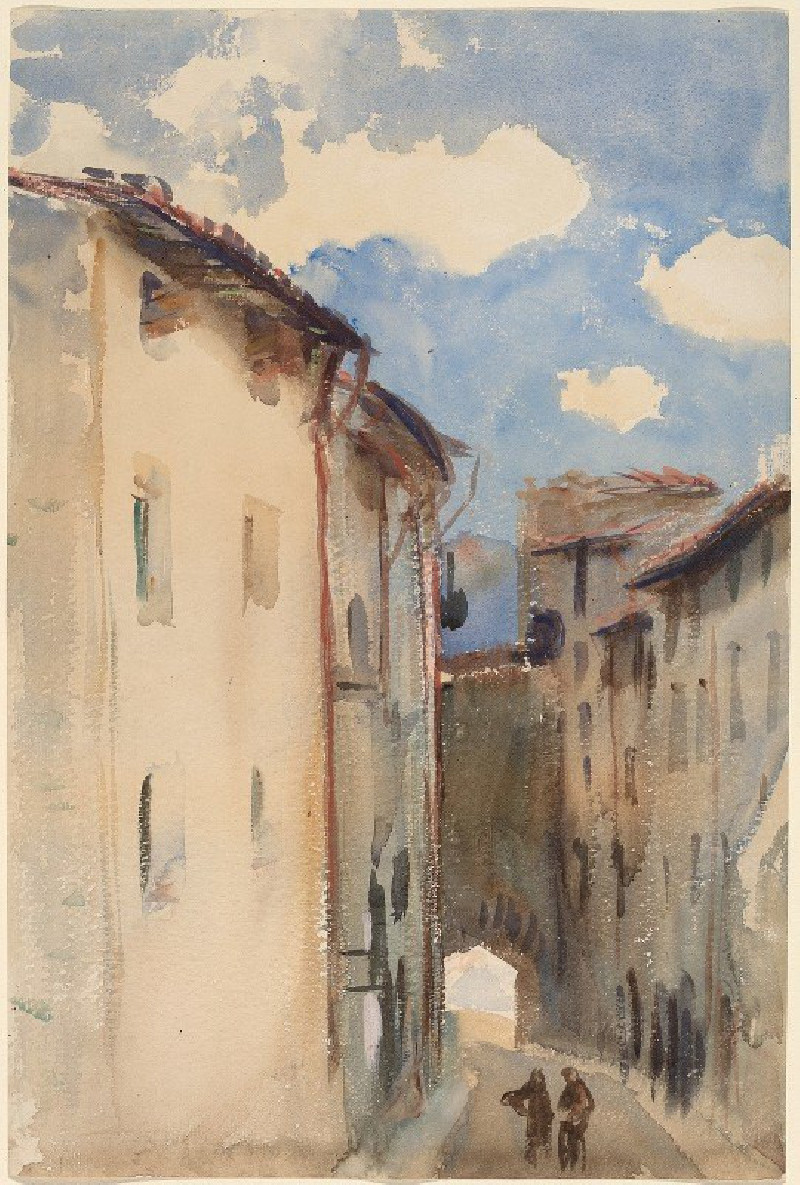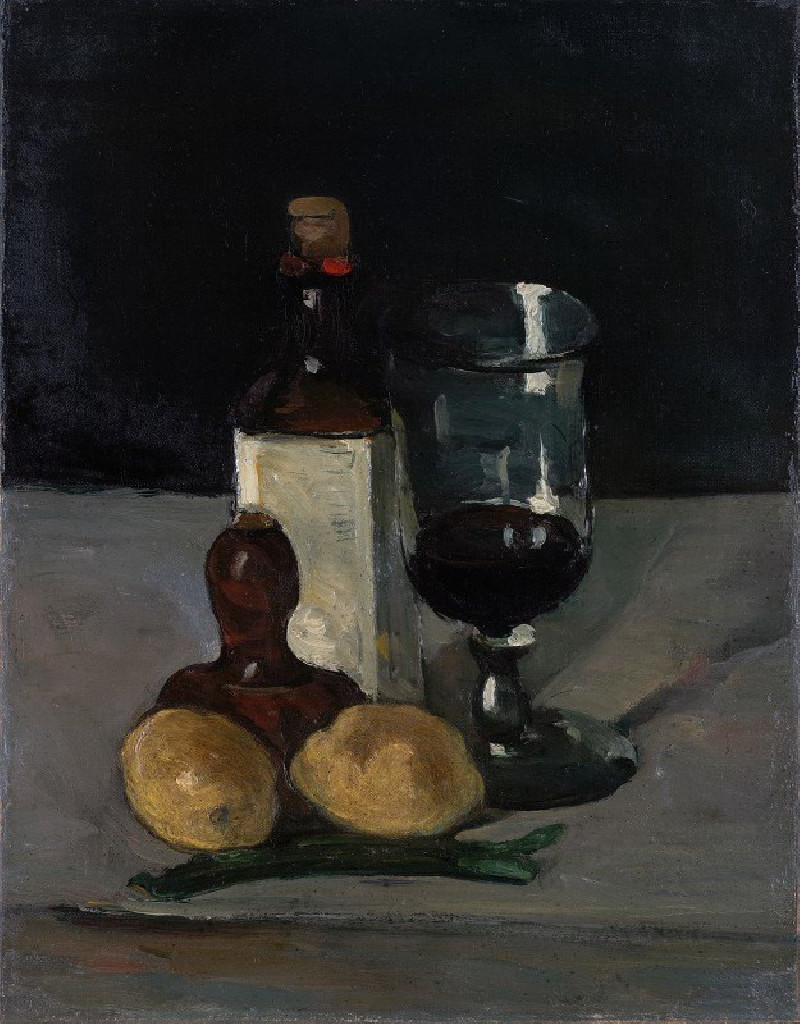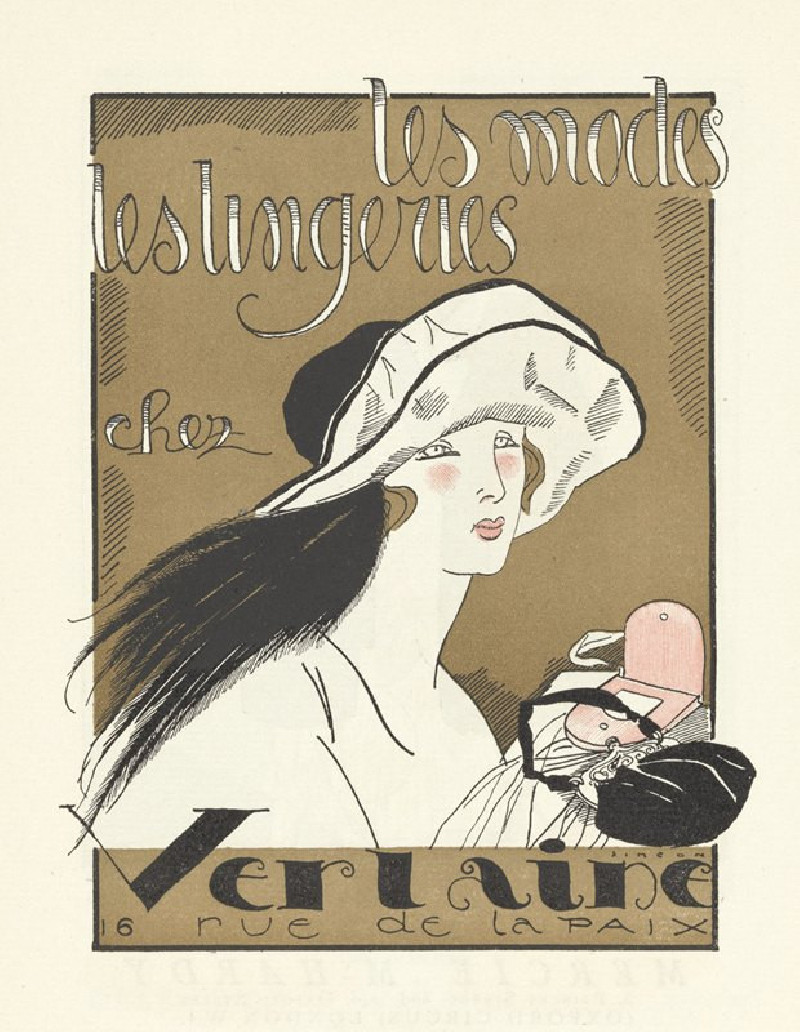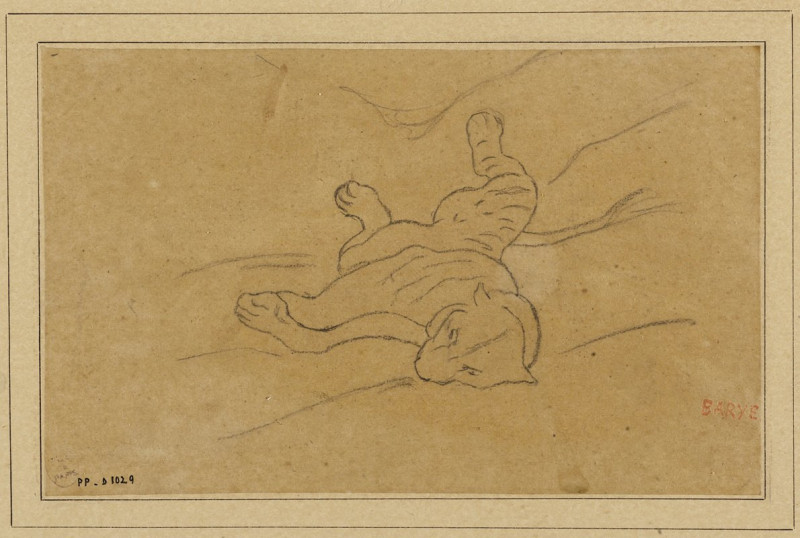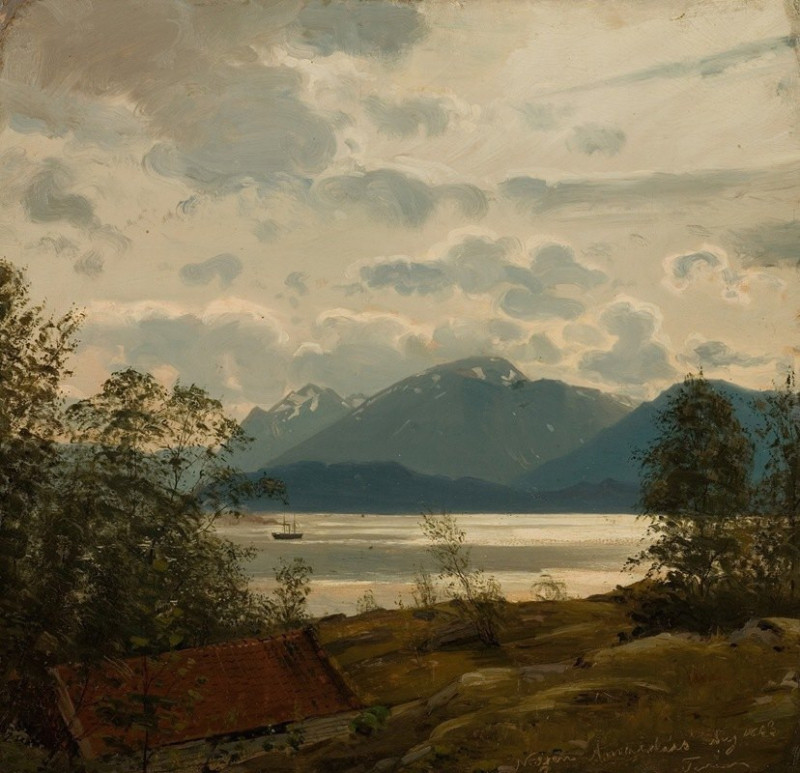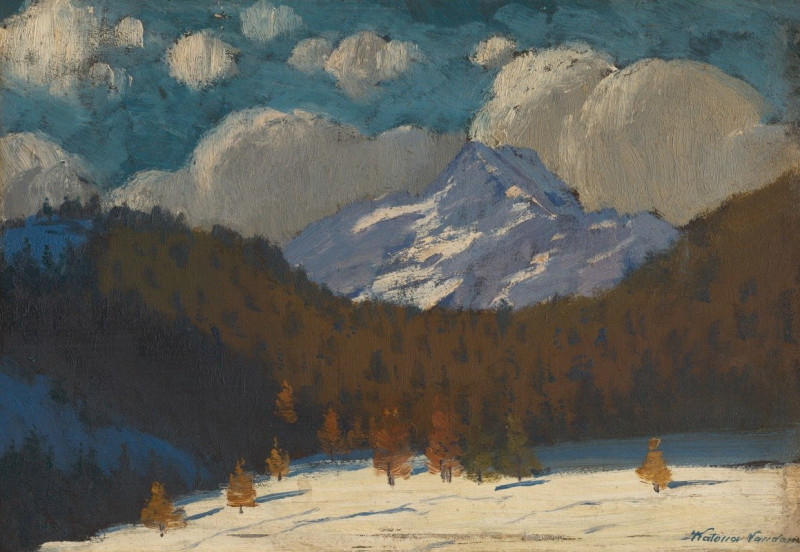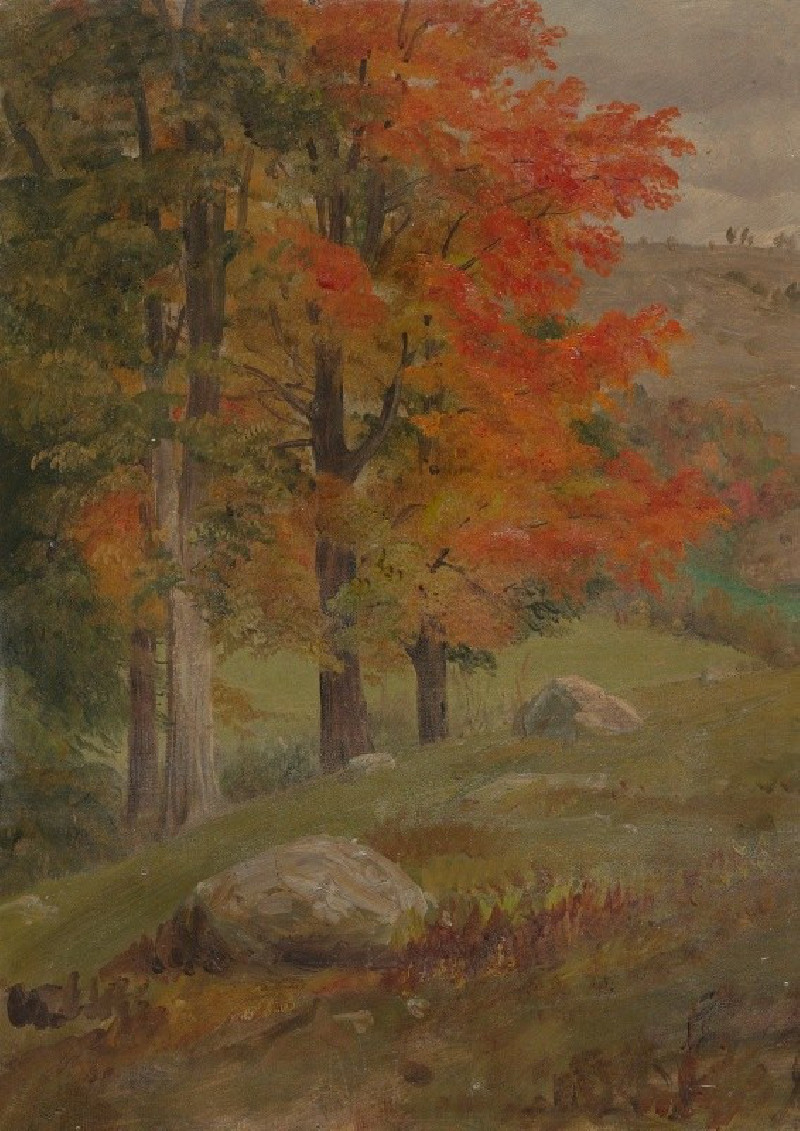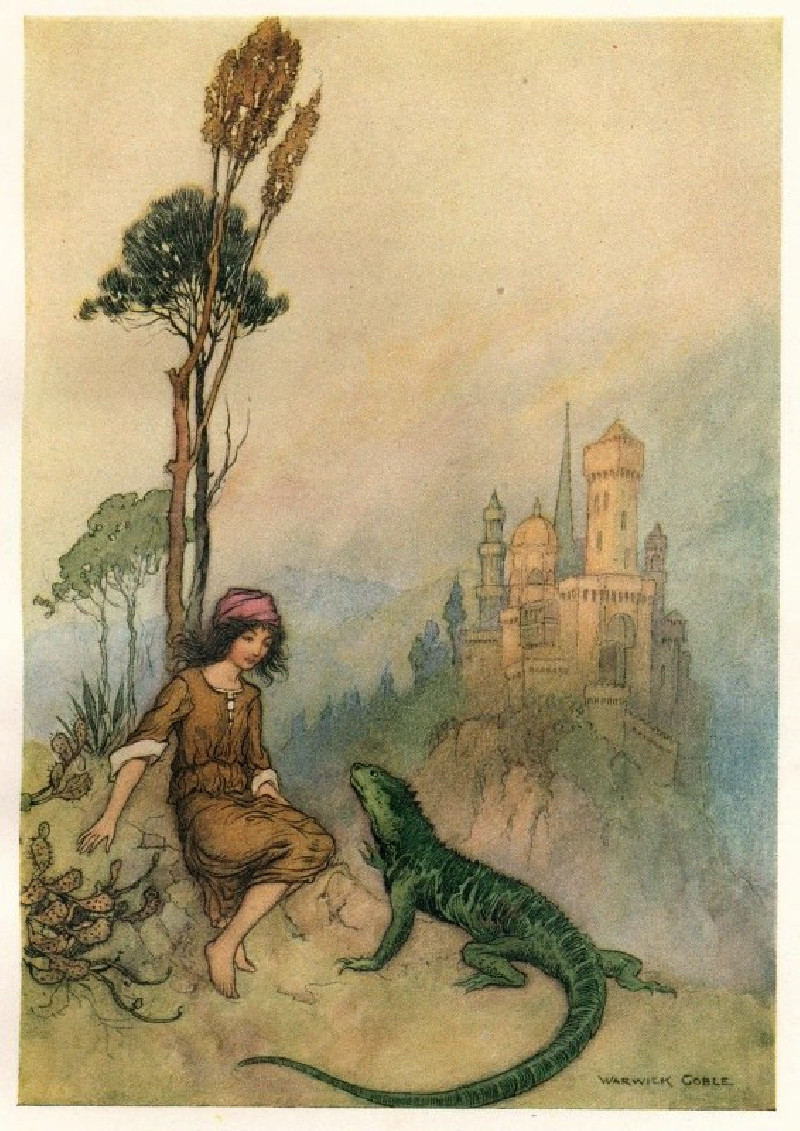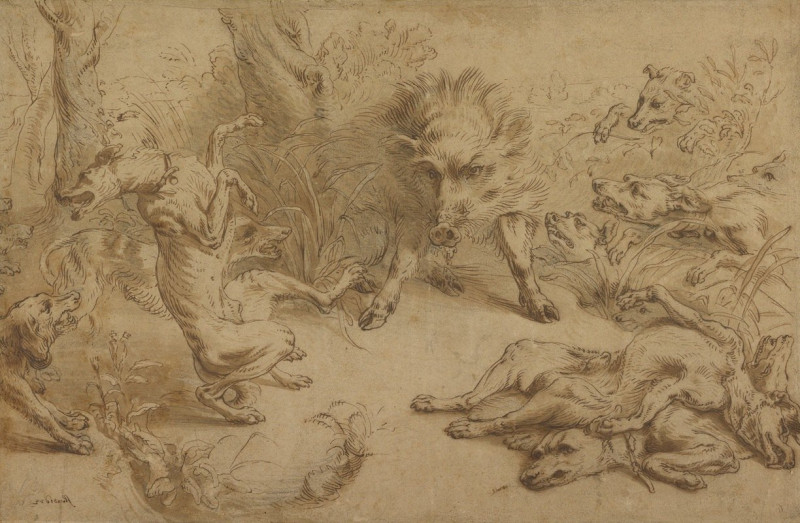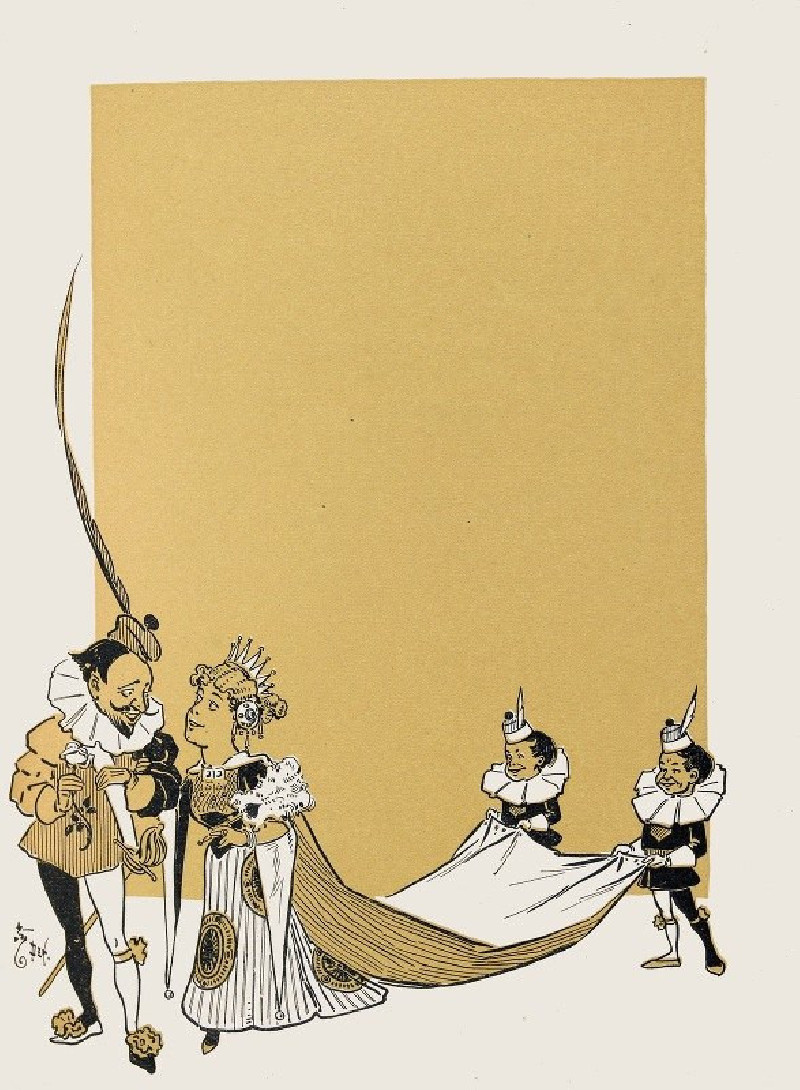A View of Molosmes
Technique: Giclée quality print
Recommended by our customers
More about this artwork
"A View of Molosmes" by Emile Bernard presents a captivating landscape filled with natural beauty and rustic charm. This painting features a serene view of the village of Molosmes, nestled within the lush greenery of the countryside. The artwork is distinguished by its vibrant greens and earthy tones, which harmonize to create a peaceful rural scene.Bernard's composition skillfully leads the viewer's eye across rolling hills dotted with wild flowers and rich vegetation. The focal point of the painting is a cluster of traditional houses, their rustic architecture blending seamlessly into the verdant surroundings. These buildings, poised along the slope, reveal their weathered roofs and structured forms, providing a sense of human presence amidst the sprawling natural landscape.The painter employs bold, expressive brush strokes that give texture and vitality to the vegetation and the structures. The trees and bushes are rendered with a particularly dynamic touch, suggesting movement and life within the scene. Bernard's use of light and shadow adds depth and contrast, enhancing the overall idyllic yet vivid portrayal of this tranquil village setting."A View of Molosmes" is more than just a visual representation; it evokes the timeless allure of pastoral life, inviting the viewer to pause and reflect on the beauty and simplicity of nature intertwined with human habitation.
Delivery
Returns
Émile Henri Bernard (28 April 1868 – 16 April 1941) was a French Post-Impressionist painter and writer, who had artistic friendships with Vincent van Gogh, Paul Gauguin and Eugène Boch, and at a later time, Paul Cézanne. Most of his notable work was accomplished at a young age, in the years 1886 through 1897. He is also associated with Cloisonnism and Synthetism, two late 19th-century art movements. Less known is Bernard's literary work, comprising plays, poetry, and art criticism as well as art historical statements that contain first-hand information on the crucial period of modern art to which Bernard had contributed.

